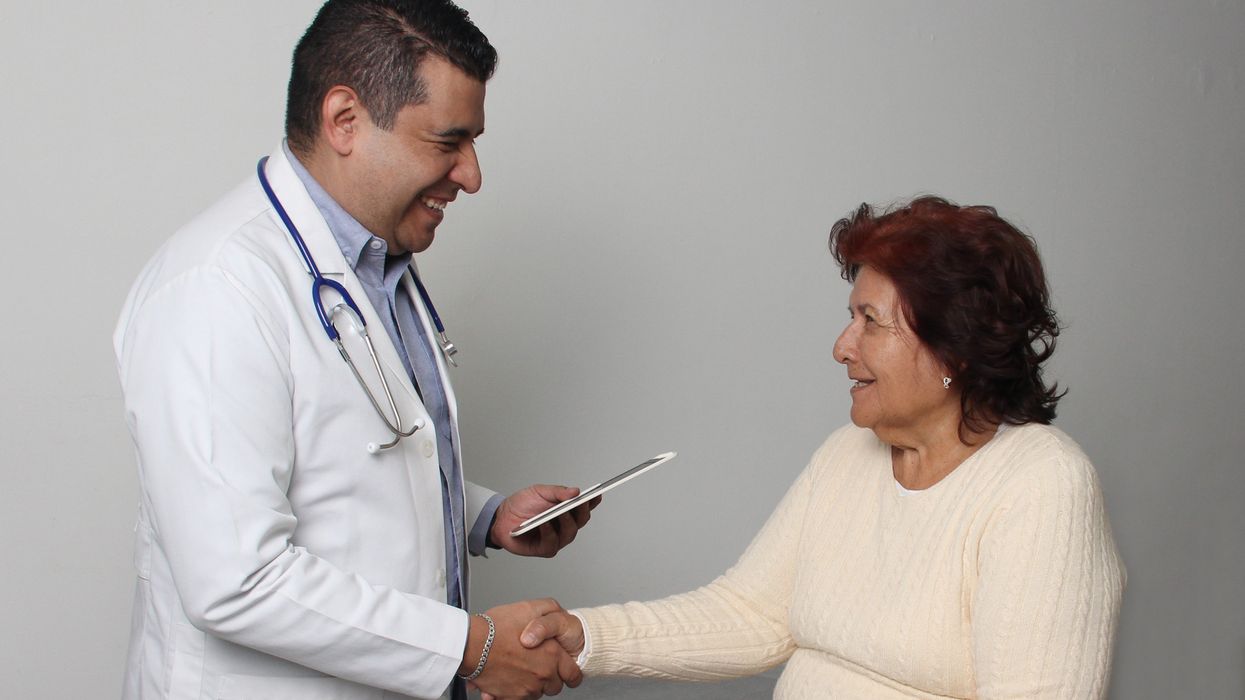People who depend on Community Health Centers and rural hospitals could have trouble finding care if Medicaid cuts just approved by the U.S. House are signed into law.
The nonpartisan Congressional Budget Office estimated 8 million people nationwide could lose coverage over the next decade, including more than 3 million in California.
Lizette Escobedo, vice president of government relations and civic engagement at AltaMed Health Services in Los Angeles, said the costs to treat a flood of uninsured patients would overwhelm community clinics and small town hospitals.
"If this bill were to be implemented over the next 10 years, some federally qualified health centers and hospitals especially in the rural areas would probably have to close their doors," Escobedo projected.
Supporters of the bill said the savings are needed to fund other administration priorities, including President Donald Trump's 2017 tax cuts. The bill would also tighten work requirements for Medicaid coverage and force people to reapply every six months instead of annually. And it would slash tens of billions in federal funding to states like California allowing health coverage for undocumented people.
Joe Dunn, chief policy officer for the National Association of Community Health Centers, called the proposed cuts counterproductive, in terms of keeping people healthy and keeping costs down.
"Health centers actually save money in the long run, because it reduces utilization of emergency departments and other kind of higher-cost settings, like inpatient hospitalization," Dunn explained.
The bill is now in the U.S. Senate.
GOP Funding Bill Could Put CA Rural Health Centers, Hospitals at Risk was originally published by the Public News Service and is republished with permission.
Suzanne Potter is a journalist with 30 years of experience as a reporter for TV, radio and print news.





















